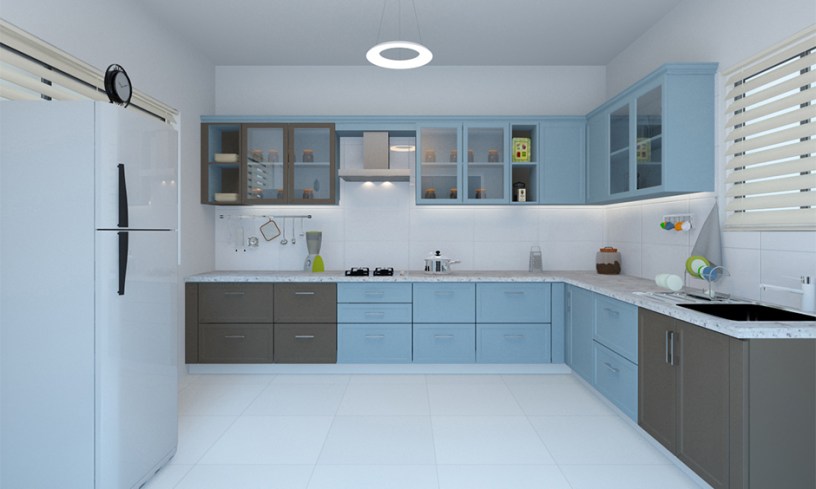In the fast-paced world we live in, the heart of the home—the kitchen—deserves a design that not only reflects modern aesthetics but also fosters functionality. Minimalist kitchen designs are gaining popularity for their clean lines, simplicity, and efficient use of space. If you’re eager to transform your cooking space into a streamlined and stylish haven, here are some tips to help you achieve the perfect minimalist kitchen design.
1. Declutter Your Countertops
One of the fundamental principles of a minimalist kitchen design is to keep countertops clear and clutter-free. Remove unnecessary appliances, utensils, and decorations to create a clean and open workspace. Limiting items on display not only enhances the visual appeal but also makes cleaning a breeze.
2. Choose Neutral Colors
Opt for a neutral color palette to create a calming and cohesive atmosphere. Shades of white, gray, and beige are popular choices for minimalist kitchens, as they provide a timeless and sophisticated backdrop. Consider incorporating these colors into your cabinets, countertops, and walls for a seamless and unified look.
3. Sleek and Simple Cabinetry
Invest in sleek and simple cabinetry to maintain the minimalist aesthetic. Flat-panel or slab-style cabinet doors with hidden hardware contribute to a clean and uncluttered appearance. Choose a monochromatic color scheme for the cabinets to enhance the sense of continuity and simplicity.
4. Functional Storage Solutions
Maximize storage efficiency with functional and well-designed storage solutions. Pull-out drawers, organizers, and built-in compartments help keep utensils, pots, and pans neatly arranged. Consider customizing cabinets to accommodate specific kitchen tools, ensuring everything has its designated place.
5. Open Shelving for Display
While the overall theme is minimalism, incorporating open shelving can add a touch of practical elegance. Display a few carefully selected items such as stylish cookware or decorative pieces. Ensure these items align with the color scheme to maintain a cohesive look.
6. Integrated Appliances
For a seamless and streamlined appearance, opt for integrated appliances. Concealing appliances behind cabinetry contributes to a clean and cohesive design. This approach not only enhances visual appeal but also makes the kitchen appear more spacious.
7. Strategic Lighting
Thoughtful lighting can significantly impact the ambiance of a minimalist kitchen. Install sleek pendant lights or recessed lighting to illuminate key areas without overwhelming the space. Consider incorporating natural light by strategically placing windows or using sheer window treatments to allow light to filter through.
8. Functional Minimalist Decor
Select minimalistic decor items that serve a purpose. A potted herb garden, a sleek fruit bowl, or a single piece of artwork can add a touch of personality without cluttering the space. Choose items that align with the overall color scheme and design philosophy.
9. Quality Over Quantity
In a minimalist kitchen, quality takes precedence over quantity. Invest in high-quality materials and finishes that withstand the test of time. This not only adds a touch of luxury to your space but also reduces the need for frequent replacements, aligning with the minimalist ethos of sustainability.
10. Regular Maintenance
Maintaining a minimalist kitchen requires diligence. Regularly reassess your kitchen items and declutter as needed. Stay committed to the principles of simplicity and functionality, ensuring that every addition to your kitchen serves a purpose.
By embracing these tips, you can transform your kitchen into a minimalist masterpiece—streamlined, stylish, and a joy to work in. Emphasizing functionality and simplicity, a minimalist kitchen design not only elevates the aesthetic appeal but also enhances the efficiency of your culinary haven.

